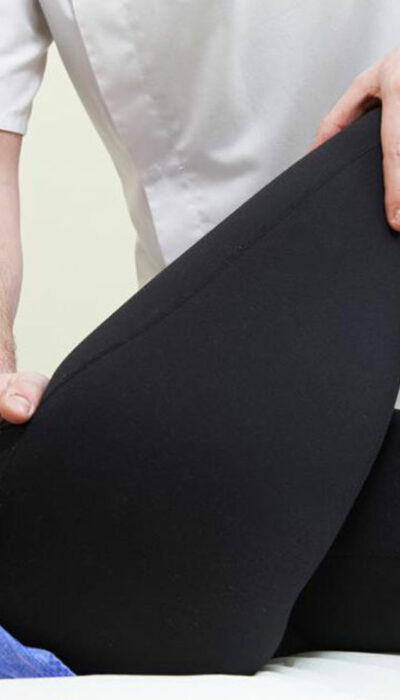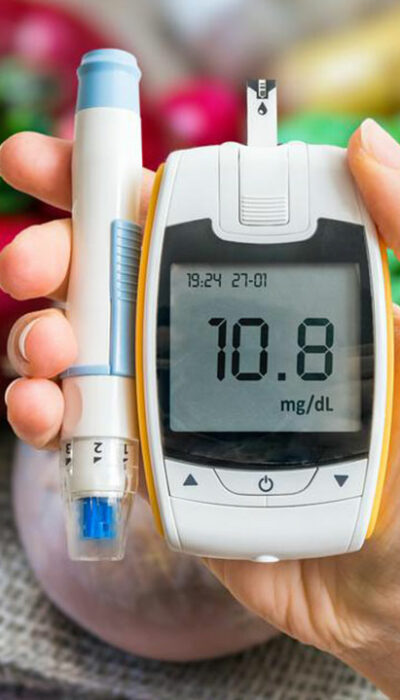
Symptoms of IBS that You Should Know
Irritable bowel syndrome or IBS is a common disorder that affects the digestive system. Symptoms of IBS include abdominal cramps, diarrhea, constipation, bloating, etc. Almost all symptoms of IBS are gastrointestinal. Irritable bowel syndrome has a significant negative impact on the quality of life. IBS can persist for years and may be interspersed with periods of no symptoms. Disorders such as anxiety, depression, and chronic fatigue syndrome, are common in people with irritable bowel syndrome. Irritable bowel syndrome is characterized by changes in bowel movements without apparent cause. Based on this, irritable bowel syndrome is classified into four types depending on the type of bowel dysfunction, constipation dominant, diarrhea-dominant, both constipation and diarrhea, and neither constipation nor diarrhea. It is estimated that 10-15% of the global population is affected by irritable bowel syndrome. Signs and symptoms of IBS The signs and symptoms of IBS can vary from person to person. The primary symptoms of IBS are abdominal pain and changes in bowel movements. Symptoms of IBS tend to be acute with attacks that are experienced for a few days or weeks. These attacks eventually subside and may be recurrent. Other symptoms of IBS are bloating, gas, cramps, nausea, constipation, and diarrhea. Along with this, there may be a sense of urgency in bowel movements and a feeling of incomplete bowel evacuation. Abdominal distension may also be seen. People with irritable bowel syndrome also tend to suffer from gastric reflux, a loss of appetite, lowered libido, lower abdominal pain, fatigue, and headache. Since these symptoms are rather vague, irritable bowel syndrome is a diagnosis of exclusion. This means that there are more serious conditions that must be excluded before a diagnosis of irritable bowel syndrome can be made. Signs and symptoms that point to a more serious disorder include blood in the stool, rapid weight loss, abdominal pain persisting at night, etc.










